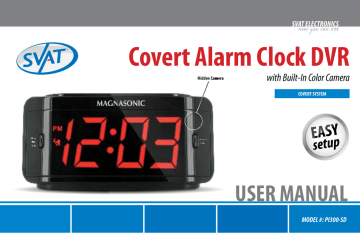

If you’re a small business owner who typically purchases returned, excess, or refurbished inventory from a third-party liquidator (or maybe you’ve been considering it), there has never been a better opportunity for you to ditch the middleman and purchase liquidation directly from Walmart. Why? Third-party liquidators typically mark up the goods they are selling in order to cover the cost of shipping and to make a profit. They also have the opportunity to see the items before passing them onto you possibly keeping the highest quality items to sell on their own. It’s common for online retailers to see over 30% of products ordered online returned, as compared to less than 10% in brick-and-mortar stores. As one of the world’s biggest retailers, Walmart deals with its fair share of customer returns. When you consider the amount of business Walmart does ( $559 billion in revenue for fiscal year 2021) you might wonder wherethose returns end up? Walmart has to liquidate! This is where private, online liquidation auction sites come into play.

And while there are other online liquidation sites out there, nothing beats going directly to the source.

The old way of liquidating has moved online! In fact, many of today’s top retailers, including Walmart, Amazon, Best Buy and Home Depot, among others, sell liquidation inventory via their own B2B marketplaces that are built and powered by B-Stock. For example, through Walmart Liquidation Auctions you are buying returned, excess, and liquidation inventory directly from Walmart. Learn more about why sourcing goods directly through a retailer’s online liquidation platform is the best and most cost-effective way to purchase returned items by the pallet or truckload directly from Walmart and other top retailers.īuying liquidation directly from the source’s online auction marketplace will help ensure you get high-quality merchandise for fair market value (read: no product poaching or markups from liquidators). This will enable you to still provide your customers with a good discount while helping you turn a higher profit margin.
#Svat wrc101 how to
Register Now How to start buying Walmart liquidation pallets Buying Walmart liquidated merchandise directly from Walmart Liquidation Auctions provides that opportunity. There’s no better time to start buying and reselling Walmart returns. To buy inventory from Walmart Liquidation Auctions, you will need a resale certificate that allows you, the reseller, to purchase the goods tax-free (read more on resale certificates ). You can use filters like Current High Bids, US States, Condition, Shipment Type, and more.Īpply to the Walmart marketplaceĪfter you have your resale certificate, you’ll need to apply to the Walmart Marketplace on B-Stock. These will allow you to refine your search better. For example, if you’re a buyer on the east coast, you may want to start bidding on inventory from warehouses closer to you just to test things out. Walmart provides subsidized shipping rates, discounting the first 100 miles for most categories.
#Svat wrc101 free
WALMART LIQUIDATION FREEīidding on Walmart auctions with free shipping within 100 miles can be a big cost-saver! 4.

Let our auto-bidding system do the work for you! All bids placed on a B-Stock marketplace act as “proxy” bids. Your proxy bid is essentially your maximum amount. Our system uses your proxy bid amount to automatically bid incrementally on your behalf. So you don’t have to keep coming back to increase your bid!Ĭheck out our Buying Basics Series, starting with How to Become a B-Stock Buyer if you need more help getting started. Tips for buying Walmart returns Review the manifest WALMART LIQUIDATION HOW TO It is critical that you read the entire auction lot manifest before placing a bid. While no two manifests are the same, there are several product details that can be commonly found on all manifests. This includes Quantity (QTY), Item Number/UPC/Model, Retail/MSRP, Extended Retail/Ext. When you review all these details, you can start making your calculations like how much you can sell each item for (while accounting for shipping costs) based on the number of units, condition, and inventory type.


 0 kommentar(er)
0 kommentar(er)
